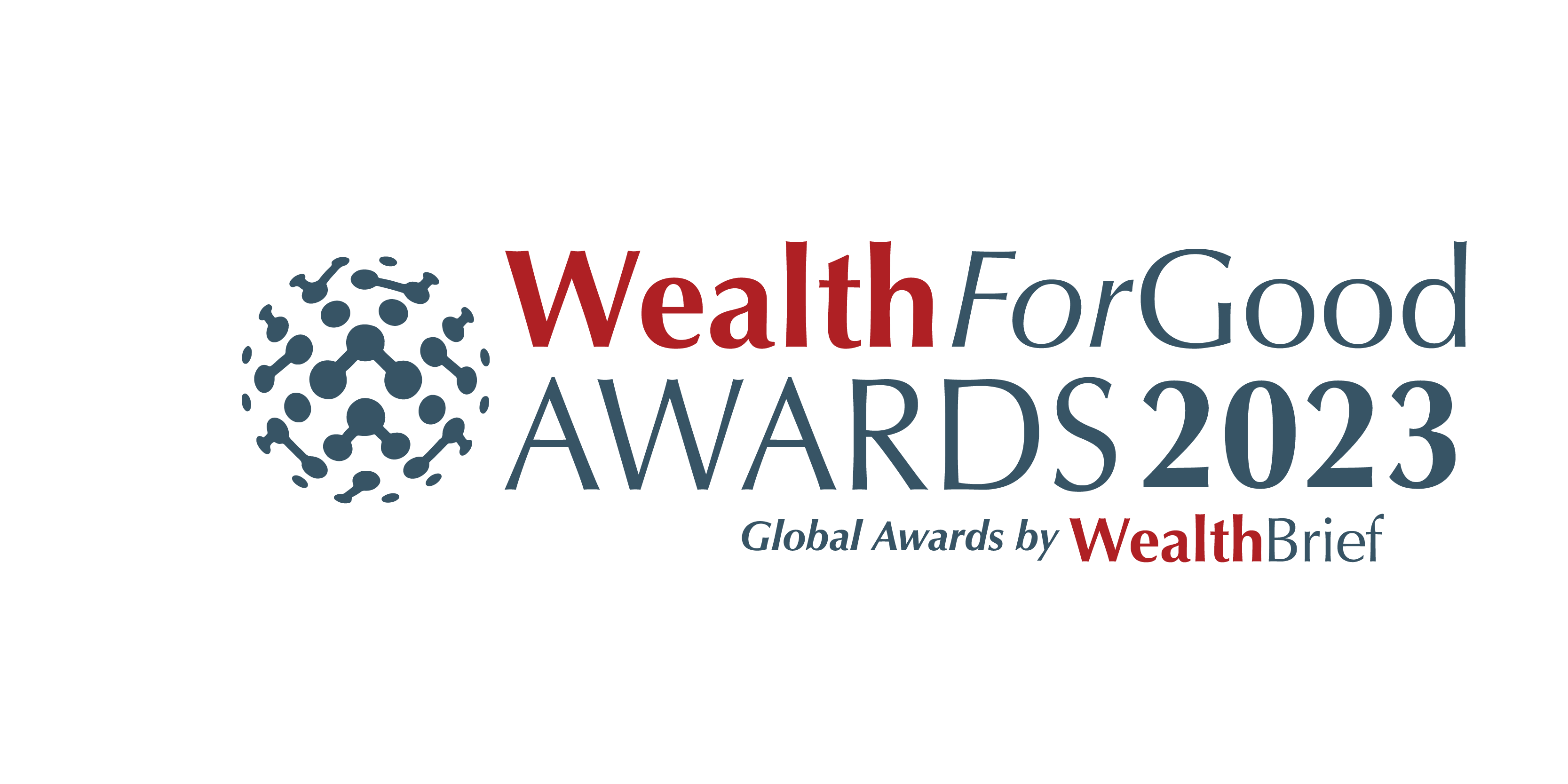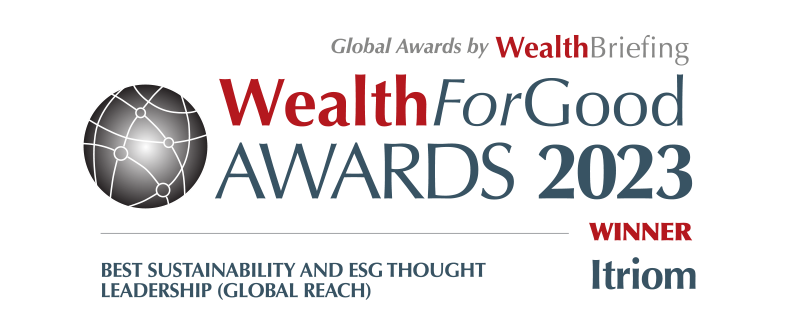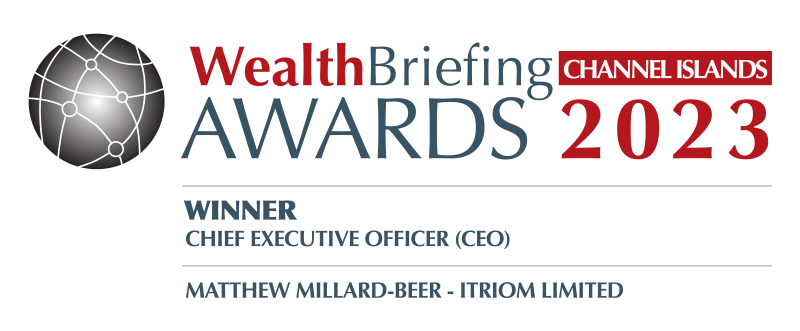
ESG Anaylst
The international treaty aims to establish a framework for conservation and the sustainable use of marine biodiversity in the high seas, with the goal to protect 30% of seas by 2030. The treaty is aimed at bridging the gap, between country conservation and the currently unprotected high seas by implementing Marine Protected Areas (MPA’s). The high seas are the large bodies of water that sit beyond the national jurisdiction of any country; therefore, they are liable to overfishing and disruptive trawling methods because of the lack of agreed policy and regulation. Currently, only 1.2% of high seas come under any protection or conservation laws, with IUCN research indicating that 10% of global marine species already threatened by the risk of extinction. The new treaty would establish the mechanism for the identification, reporting and stipulates the necessity of environmental impact assessments (EIAs) for all deep-sea activities to protection venerable marine ecosystems.
The new High Seas Treaty may enable the delivery of the critical 30 by 30 pledges, which aims to conserve at least 30% of the planet’s land and ocean by 2030. The 30 by 30 goal is the third of the 23 global biodiversity targets for 2023, established in the Kunming-Montreal Global Biodiversity Framework, adopted in December 2022. The initiative was driven by the recognition that habitat and biodiversity loss are worsening the effects of climate change, presenting major threats to the health of our planet. More than 100 countries came together and committed to protecting 30% of the world’s land and ocean. This critical step is essential to mitigate climate change and ensure sustainable development going forward.
Research has shown that at least 30% protection, would create enough of a buffer effect to stunt, or better, reverse biodiversity decline and bolster climate resilience. Studies have shown that habitat loss is a major driver of species extinction and protecting a significant proportion of the planet’s land and oceans would help ensure critical ecosystems would remain intact. Furthermore, research has shown that the protection of larger areas provides more effective biodiversity conservation because wildlife has more safeguarded habitat areas, therefore, allowing for larger species populations.
Currently, just 15.7% of land and 8.1% of oceans are protected. However, many of these areas are small, fragmented and ineffectively managed, reducing their conservation power. Most importantly, peoples and local communities (IPLCs) are often excluded from local government protection efforts, meaning community conservation is not aligned with the long-term goals of municipalizes and implementation not only falls short in protecting biodiversity but also fails to meet the needs of the local communities. This kind of protection is inherently unsustainable because it lacks support from the people closest to the land, by failing to meet the needs for conservation strategies or the people dependent on the land.
To achieve 30 by 30, countries are being called upon to further develop policies, and implement plans to protect and conserve ecosystems. An essential part of this process is the inclusion of IPLCs, who must be partners in the development and implementation of the global framework. The IPBES Global Assessment documents the critical role that IPLCs play in biodiversity conservation, noting that 35% of all the areas formally protected and 35% of the remaining terrestrial areas with low human intervention are traditionally owned, managed and occupied by Indigenous Peoples. Begging the question, how best do we achieve 30 by 30?
In global targets and policies such as 30 by 30, it is easy for individuals to feel helpless, disengaged and seemingly not part of the global challenge. By understanding why land and ocean conservation is important for global ecosystems, public individuals are likely to become more engaged in the issues and the need for solutions.
A few ways an individuals can contribute to this collective target, is by reducing personal single-use plastic consumption, choosing certified sustainable seafood, overall reducing one’s carbon footprint, and lastly, becoming an ocean and land conservation advocate by educating themselves on the latest news, treaties, and initiatives to support global progress towards 30 by 30.
Georgina Murrin is a ESG Analyst in Itriom’s London Office.
Itriom is the global impact platform helping leading families shape a better world. Itriom’s platform enables families to refresh and redesign their values, aligns them with the right UN Sustainable Development Goals, combining them in an agreed purpose and a Family Impact Charter. Itriom’s platform supports the development of impact initiatives and whilst providing discrete and secure spaces for peer-to-peer messaging and collaboration. Itriom’s core practices in Leadership, Geostrategy, and Sustainability benefit clients by developing strategies to engage and support the Next Generation in building a lasting legacy of which families can be proud.
itriom.com
enquiries@itriom.com
T: +44 (0)203 198 2277
© 2024 Itriom Limited. All rights reserved. Republication or redistribution of Itriom’s content, including by framing or similar means, is prohibited without the prior written consent of Itriom Limited. This material is provided for informational purposes only.




© 2024 Itriom Limited. Company Registration Number 134815 Jersey Financial Services Commission. Registered Office 9 Bond Street, St Helier, Jersey, JE2 3NP
ESG Consultant
Alizah is an ESG Consultant and researcher. She supports Itriom developing sustainability related products and services, helping our clients identify potential opportunities for creating positive environmental, social and sustainable impact.
ESG Analyst
Georgie is an ESG Analyst and researcher. She researches trends, develops insights and reports, and writes insight articles on sustainability and ESG related topics to ensure Itriom’s clients are up to date on the latest policy, progress and initiatives to inform the platform and help our clients maximise their positive impact.
Senior Partner
Practice Leader – Leadership & Resilience
Renowned family office thought leader, Tim works with UHNW families to ensure they are fully equipped to deliver their legacies inter-generationally and effectively.
Associate Partner
Practice Leader – Sustainability
Dr. Herb creates methodologies and frameworks for managing, measuring and assessing sustainability performance. His work identifies where maximum impact can be made.
Senior Partner
Practice Leader – Geostrategy
Simon harnesses research, liaison and networks globally to identify opportunities for Itriom, building the knowledge needed to deliver intergeneration legacies for UHNW families.
Managing Partner
Practice Leader – Strategy